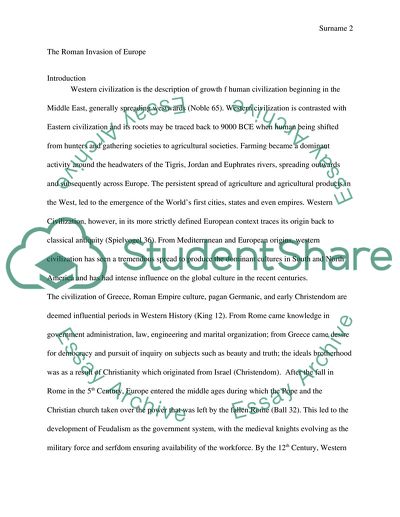Cite this document
(“The Roman Invasion of europe Research Paper Example | Topics and Well Written Essays - 2000 words”, n.d.)
The Roman Invasion of europe Research Paper Example | Topics and Well Written Essays - 2000 words. Retrieved from https://studentshare.org/history/1593757-the-roman-invasion-of-europe
The Roman Invasion of europe Research Paper Example | Topics and Well Written Essays - 2000 words. Retrieved from https://studentshare.org/history/1593757-the-roman-invasion-of-europe
(The Roman Invasion of Europe Research Paper Example | Topics and Well Written Essays - 2000 Words)
The Roman Invasion of Europe Research Paper Example | Topics and Well Written Essays - 2000 Words. https://studentshare.org/history/1593757-the-roman-invasion-of-europe.
The Roman Invasion of Europe Research Paper Example | Topics and Well Written Essays - 2000 Words. https://studentshare.org/history/1593757-the-roman-invasion-of-europe.
“The Roman Invasion of Europe Research Paper Example | Topics and Well Written Essays - 2000 Words”, n.d. https://studentshare.org/history/1593757-the-roman-invasion-of-europe.


